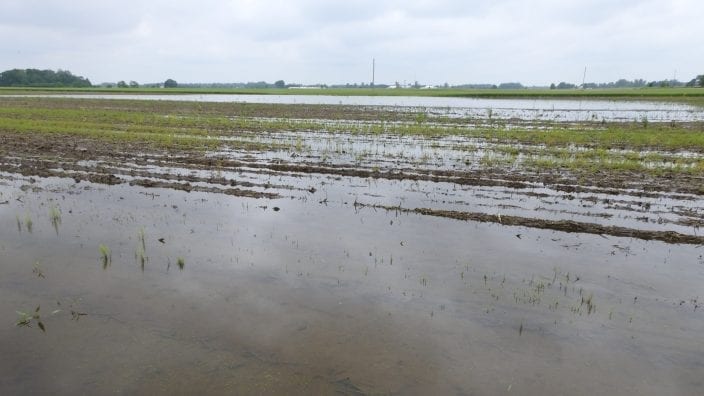Applications for Ohio Farm Bureau Health Plans now available
Members have three ways to apply: contacting a certified agent, calling 833-468-4280 or visiting ohiofarmbureauhealthplans.org.
Read MoreThe latest crop progress numbers for Ohio show only half of the state’s corn planted and just over 30% of soybeans sowed. Although those figures lag behind every other corn and soybean growing state in the U.S., there are parts of Ohio that are well behind the state averages.
After meeting with farmers in the most impacted areas of the state and after collecting cropping data, gathering planting history and taking photos of the wide-ranging acres of unplanted fields, Ohio FSA has officially requested USDA Secretary Sonny Perdue to make Disaster Declarations for Fulton, Henry and Lucas counties.
“This development speaks to how serious of a situation were are seeing with the lack of planting progress in northwest Ohio,” said Jack Irvin, senior director of state and national affairs with Ohio Farm Bureau. “Often Disaster Declarations aren’t even considered until harvest time to see just how the planting and growing season transpired. Obviously you won’t have a crop if you can’t get the seeds planted, and that is the case for many of our members.”
If Secretary Perdue grants the Disaster Declarations, any contiguous counties to Fulton, Henry and Lucas also would be included. How soon those declarations could be made is still uncertain.
Many other county FSA offices in impacted areas have begun the process of gathering information and that may lead the list of Disaster Declaration requests to grow.
“Those requests start from the county level and are made to the state, the state then sends requests to USDA and then Secretary Perdue will make the final determination based on the information he receives,” Irvin said. “That final step has yet to be taken for Fulton, Henry and Lucas counties, and we are pressing the secretary to act quickly and decisively on those determinations.”
Ohio Farm Bureau is strongly requesting farmers who are having difficulty planting their 2019 crops share their situation with the county FSA office as soon as possible. The information provided will assist them in determining if a Disaster Declaration request would be applicable for that county.
“If there was ever a time to get to know your county FSA office, now is the time,” said Leonard Hubert, state executive director for the USDA Ohio Farm Service Agency.
If and when a Disaster Declaration is granted for counties suffering from the impacts of heavy rainfall during the planting season, that doesn’t mean that assistance funding is certain. According to the USDA, it is generally true that producers with qualifying losses in a Secretarial Disaster Declaration area will be eligible for disaster relief assistance. However, there is a finite amount of money set aside from the latest disaster package, and there is no guarantee that funds will reach the areas of Ohio that have been affected. Listen now to our latest podcast on this topic.
Beginning an open dialogue with your county FSA office is crucial. They can walk you through existing disaster-related programs they offer (listed below), as well as options that may be available to producers who fear a forage shortage later this year, as emergency haying and grazing is granted through a separate process.
Ohio Farm Bureau will continue to get accurate, up-to-date information to members. Follow us on our social media platforms and visit ofbf.org for the latest details.
Update: Ohio Gov. Mike DeWine sent a letter June 14 to U.S. Department of Agriculture (USDA) Secretary Sonny Perdue requesting a USDA Secretarial disaster designation for Ohio amid heavy rainfall impacting Ohio farmers.
Update June 20: Ohio farmers who took the prevent plant option because they couldn’t plant their fields could see some relief if Secretary of Agriculture Sonny Perdue answers requests from Senators Brown and Portman, and Ohio’s U.S. House delegation to raise prevented planting payment rates from 55 percent to 90 percent. The 16-member House delegation, including Democrats and Republicans, also asked Perdue to remember the Ohio farmers when doling out more than $3 billion of disaster money. We thank them for realizing the short and long-term impacts this extremely challenging spring planting season will have on our members across Ohio. Here is the formally signed letter from the Ohio congressional delegation.
Photo: Fulton County, June 6, 2019
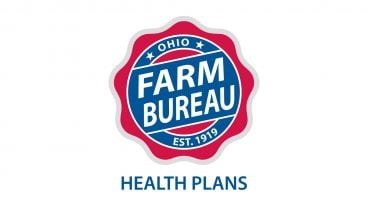
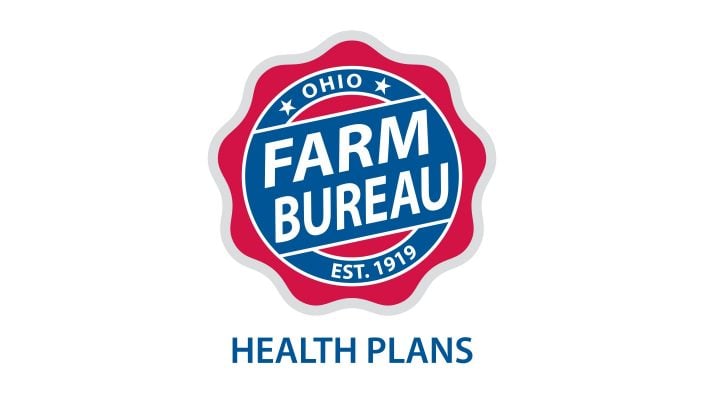
Members have three ways to apply: contacting a certified agent, calling 833-468-4280 or visiting ohiofarmbureauhealthplans.org.
Read More
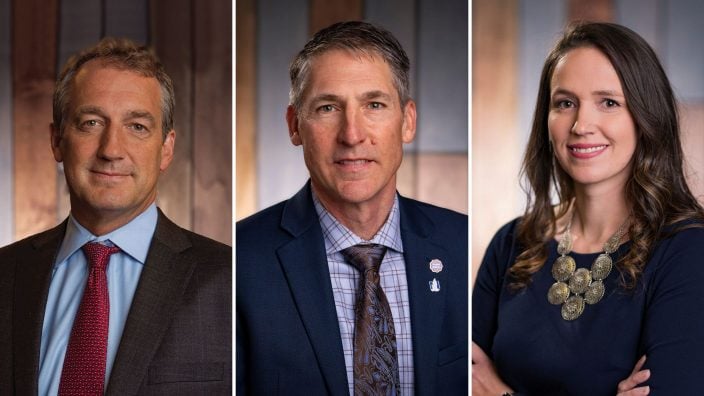
Bill Patterson, Cy Prettyman and Adele Flynn will continue to serve as officers for Ohio Farm Bureau Federation.
Read More
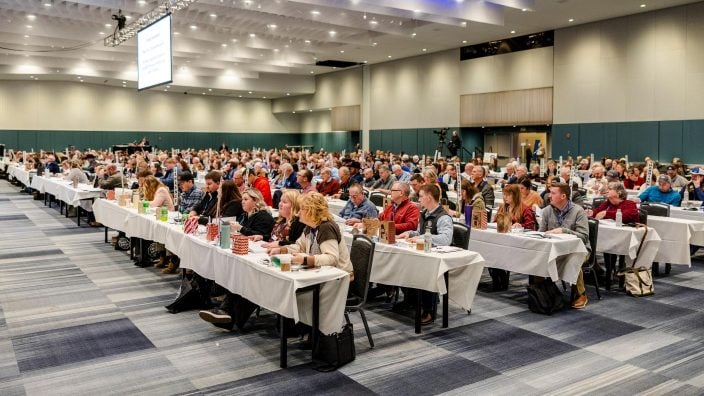
Delegates discussed many topics impacting agriculture including farmland preservation, local foods, and succession planning.
Read More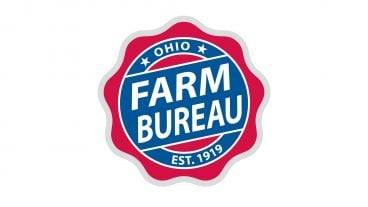
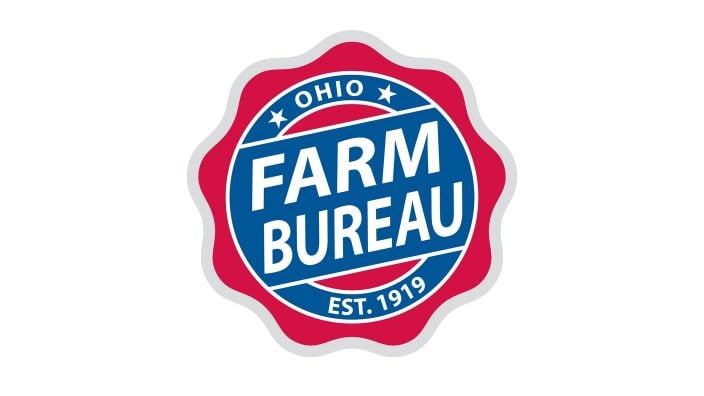
Twenty-six farmers govern the state’s largest farm and food organization.
Read More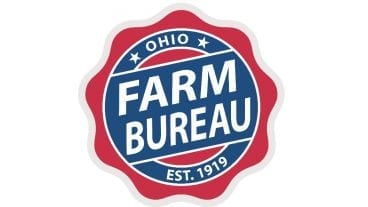
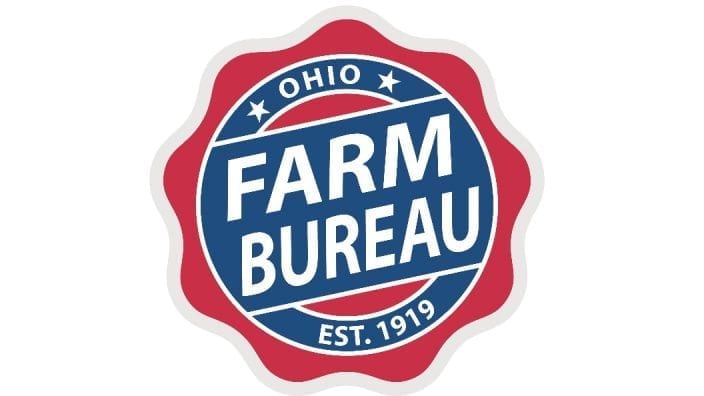
The 2025 recipients are Fred Cooke (posthumous) of Richland County, Marvin Dietsch of Williams County, Steven Knollman of Hamilton County and Michele Miller (posthumous) of Ottawa County.
Read More
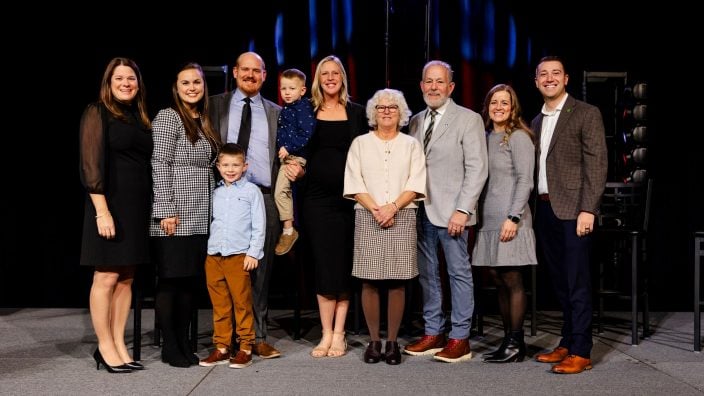
Nathan and Jill Parriman grow seasonal crops, including Christmas trees, pumpkins and cut flowers, providing U-cut experiences that invite customers to engage directly with agriculture.
Read More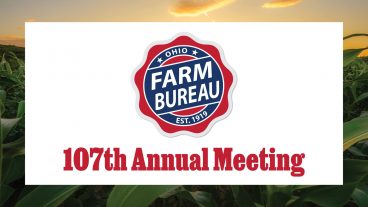
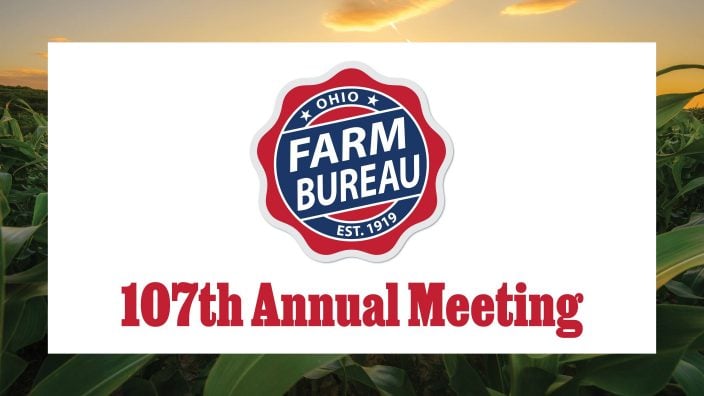
The 2025 Distinguished Service Award recipients are Craig Adams, Mike Townsley, and Kellogg Farms, Kurt Farms and Stateler Family Farms.
Read More
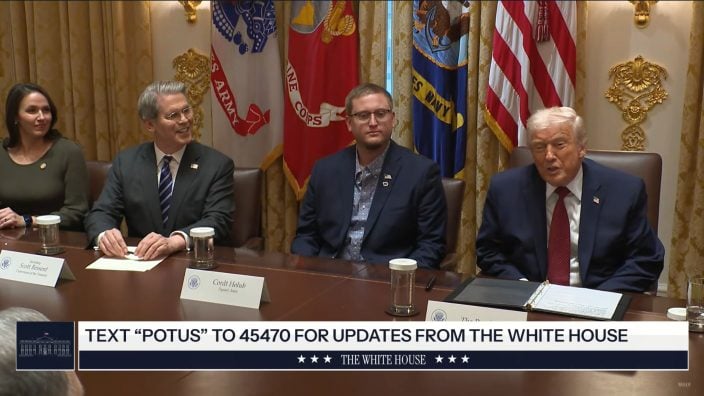
Ohio Farm Bureau Treasurer Adele Flynn participated in the meeting, representing Ohio farmers.
Read More

For Ohio and PJM region, the outlook is reassuring—ample reserves and strong planning should keep the power on.
Read More
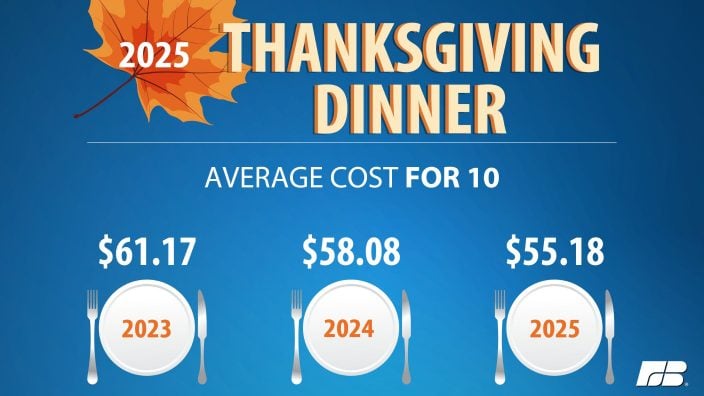
The average price for a classic holiday feast for 10 in Ohio will cost $55.87.
Read More